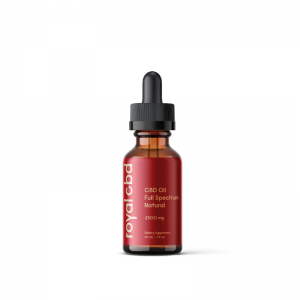
$49 – $229
Royal CBD
Royal CBD Oil 30 mL
| Total CBD: | 500 – 2500 mg |
| Potency: | 16.6 – 83.3 mg/mL |
| Cost per mg CBD: | $0.12 – $0.18 |
| Extract Type: | Full-spectrum |
| THC Content: | <0.3% |
What’s the difference between CBD isolate and full-spectrum extracts? Learn how to tell the difference between the two and decide which one is right one for you.
There are two kinds of CBD extracts: isolates containing 99% pure CBD — and full-spectrum extracts rich in CBD along with numerous other cannabinoids and phytochemicals naturally produced in the cannabis plant.
Why do CBD companies sell both? Which one should you get? Why is there a price difference?
We’ll go over all there is to know about full-spectrum extracts, and CBD isolates so that you can make an informed decision that best suits your needs.
Let’s get started.
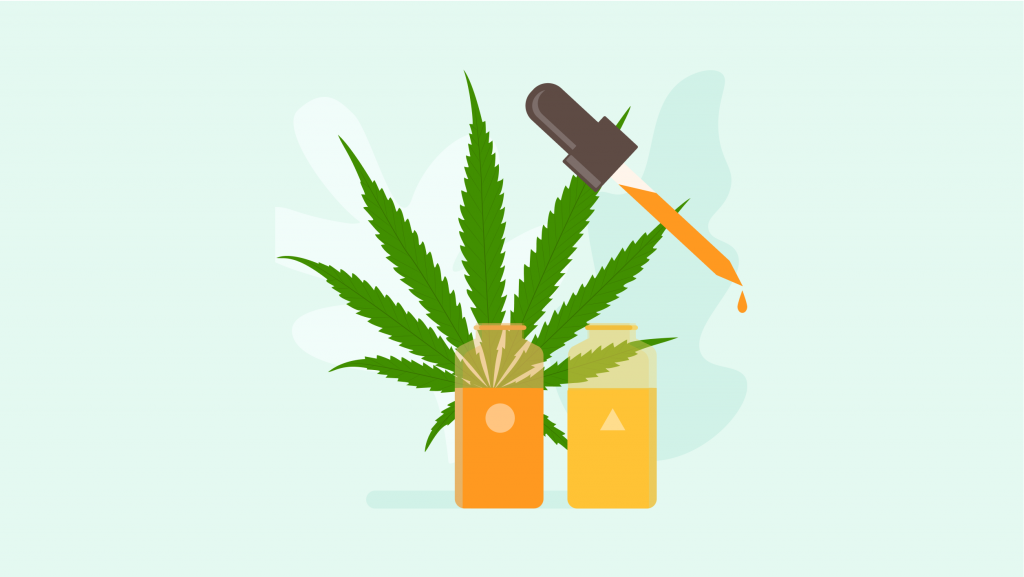
The differences between these two forms of CBD come down to how the extract was manufactured. Full-spectrum extracts are made by stripping away the fibers, large proteins, and cells structures, leaving behind all the medicinal compounds from inside the cannabis plant.
CBD isolates start the same way but go through additional stages to remove everything except pure CBD (cannabidiol).
Each of these extracts has its own set of strengths and weaknesses:
| Metric | Full Spectrum Extracts | CBD Isolates |
| General Cost | More expensive | Cheaper |
| Cannabinoid Range | Contains many different cannabinoids | Only contains CBD |
| THC Content | May contain THC | Not likely to contain THC |
| Potency | Stronger potency | Lower potency |
| Value of health benefits | Effectively manage a wide range of conditions | Has limited health benefits |
| Taste | Tend to taste better in their raw form due to terpene content | Lacks flavor, must be added in separately |
| Side-effects | Less likely to produce side-effects | More likely to produce side-effects |
| Entourage Effect | This extract leverages the entourage effects | No entourage effect possible with this extract |
The entourage effect is a term used to describe the beneficial synergy naturally found in the cannabis plant. All the plant’s natural compounds work together to produce stronger results than any of them in isolation.
Cannabinoids work best when working together to create a harmonious result, much like a group of instrumentalists will play together for an orchestra. Singling out an individual instrument will not compare to the effect of a full orchestra performance.
Synergy is a well-known concept in chemistry and is relatively common among plant medicines.
Keep this in mind as we discuss the differences between full-spectrum extracts and CBD isolates. One of the most significant differences between these products is the presence of the entourage effect in full-spectrum extracts [1,2].
Read our guide to the entourage effect.
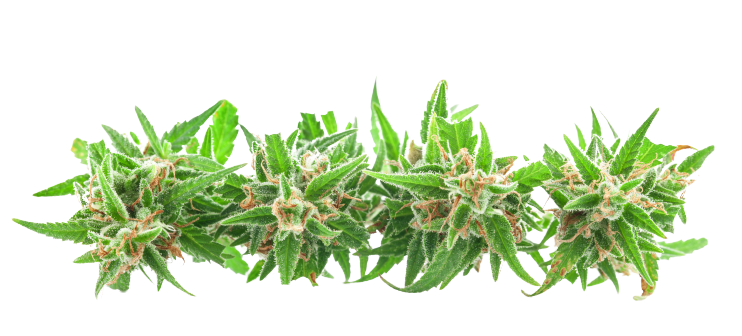
The cannabis plant contains hundreds of different compounds. A full-spectrum extract maintains the majority of these compounds in the final product.
A full-spectrum extract can be said to have better “cannabinoid diversity” than a pure CBD isolate, or even pseudo-full-spectrum extracts (which we’ll get into later).
During the manufacturing process, raw hemp is rinsed with a solvent. In the past, this was an organic solvent such as butane, alcohol, or ether. Now, most of this is done via a process called supercritical CO2 extraction.
Carbon dioxide gas is kept at a specific temperature and pressure within a closed system. These pinpoint metrics turn the gas into a “supercritical state” where it’s neither a liquid nor a gas. This gives CO2 properties that allow it to penetrate the raw hemp as a gas, but dissolve compounds from the leaves and flowers like a liquid.
The supercritical CO2 is highly efficient at extracting all the compounds out of the plant, including the terpenes, cannabinoids, lignans, flavonoids, and polyphenols. Once this is complete, the supercritical fluid is separated, and the pressure is released. The gas immediately evaporates, leaving behind all the plant’s phytochemicals.
With this CO2 extraction, there is no chance of leaving harmful solvents behind, making it the cleanest extraction method. At this stage, little else is done to the full-spectrum extract. In some cases, the extract is purified slightly more and mixed with other batches to balance out the cannabinoid averages between them.
The final product contains a virtually identical balance of all/ the phytochemical naturally produced in the plant.
Related: DIY CBD Oil: How to Make Your Own CBD Oils at Home.
| Advantages | Disadvantages |
| Leverages the benefits of the entourage effect | The final cannabinoid concentrations are often unpredictable and depend highly on the source hemp material |
| A more holistic form of CBD supplementation | May contain higher concentrations of THC |
| Can be made at home using alcohol or other solvents and dried hemp plants | Each batch is unique, making it harder to match the amounts listed on product labels |
| May produce fewer side-effects | The effects of individual terpene/cannabinoid combinations can make it hard to predict the effects |
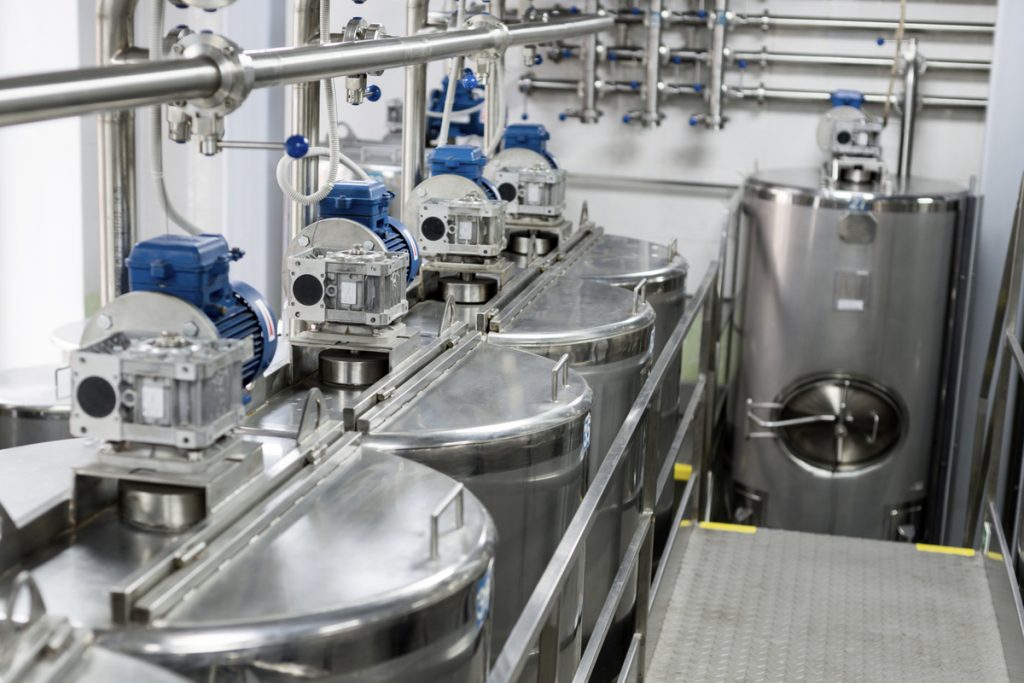
Generally speaking, if you’re using CBD for a medical condition, a full-spectrum extract is going to be the superior option.
The effects of full-spectrum extracts are more potent and have broader benefits than an isolate, thanks to the other therapeutic compounds abundant in the plant.
Who Should Use Full Spectrum Extracts?

| Total CBD: | 500 – 2500 mg |
| Potency: | 16.6 – 83.3 mg/mL |
| Cost per mg CBD: | $0.12 – $0.18 |
| Extract Type: | Full-spectrum |
| THC Content: | <0.3% |

| Total CBD: | 300 – 6000 mg |
| Potency: | 60 mg/mL |
| Price per mg CBD: | $0.06 – $0.09 |
| Extract Type: | Full-spectrum |
| THC Content: | 0.14% |
Full-spectrum extracts aren’t for everybody. They come at a higher price, have inconsistent cannabinoid profiles, and often contain small amounts of THC.
It’s also more difficult to get a high dose of CBD with full-spectrum extracts compared to a concentrated CBD isolate.
Who Shouldn’t Use Full Spectrum Extracts?
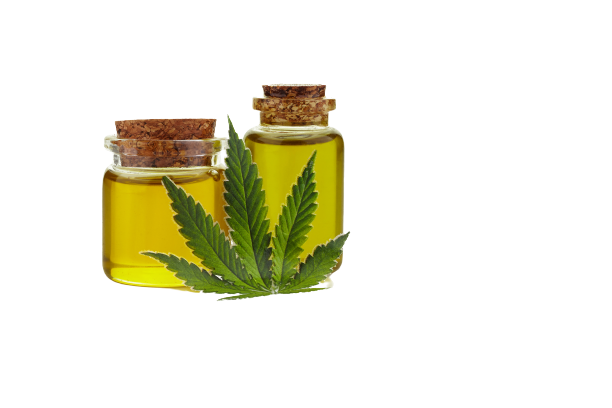
A CBD isolate is exactly as it sounds — an extract that has had all the CBD separated from the other constituents.
These purified extracts make it easier for companies to achieve the desired dose of CBD in their products. If they want a 300 mg potency in their CBD oil, they add 300 mg of pure CBD per bottle.
For full-spectrum extracts, this is much more difficult because each extract will have varying levels of CBD, and other cannabinoids.
CBD isolated makes it easier for manufacturers to standardize their products so that they always have the same concentrations of CBD as mentioned on the bottle — something that is particularly hard to do with full-spectrum extracts.
CBD isolates begin as a full-spectrum extract. Once the extract is made, further processing removes all the other compounds from the extract, leaving behind a pure CBD extract.
This isolation process relies on a process called chromatography, which is the same process used for isolating THC and many other chemicals in other industries [3]. The extract is gently heated and pushed up through a specialized cylinder. Each compound has a different molecular weight and will come out the other end at different times. Scientists know the exact molecular weight of CBD, so they can separate the CBD as it comes out from the cylinder.
After that, the extracted oil goes through a “winterization process” that further removes any waxes and other plant materials that may still be present after the separation process [4].
The final product usually comes in the form of a crystal (crystals only usually only form from pure chemicals).
These crystals can then be dissolved into whatever form the manufacturer wants to make their products.
| Advantages | Disadvantages |
| It’s easy to achieve accurate CBD concentrations in CBD products when using CBD isolates | Lacks the benefits of the entourage effect in cannabis |
| Tends to be cheaper than full-spectrum products | More likely to cause side effects than a full-spectrum extract |
| Manufacturers can guarantee no THC in their products | Won’t produce as many health benefits as a full-spectrum product |
CBD isolates are more common than full-spectrum oils — and for a good reason. Manufacturers using isolates can guarantee their products contain none of the psychoactive THC, and it makes it much easier for them to standardize the CBD content of their products.
This brings the cost of these products down and makes them more reliable in their effects.
Who Should Use CBD Isolates?

| Total CBD: | 450 – 3000 mg |
| Potency: | 15 – 50 mg per Capsule |
| Cost per mg CBD: | $0.04 – $0.08 |
| Extract Type: | Broad-spectrum |
| THC Content: | 0.0% |
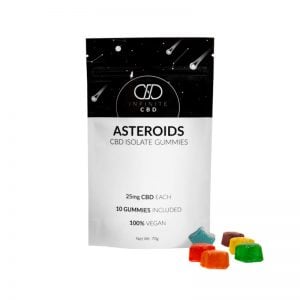
| Total CBD: | 125 – 500 mg |
| Potency: | 25 mg per Gummy |
| Cost per mg CBD: | $0.07 – $0.09 |
| Extract Type: | CBD Isolate |
| THC Content: | 0.0% |
CBD isolates are far from perfect. They lack a lot of depth full-spectrum products can provide through their additional cannabinoid, terpene, and other phytochemical profiles. This makes them less well-rounded than their full-spectrum counterparts in terms of health benefits.
Who Shouldn’t Use CBD Isolates?

There is a third class of CBD extracts, though the lines are blurry with these products.
Pseudo-full-spectrum extracts are isolates that have been mixed to try and mimic the natural cannabinoid levels in the plant.
Manufacturers will take isolated CBD, CBC (cannabichromene), CBG (cannabigerol), CBN (cannabinol), and various other cannabinoids and terpenes — and mix them to produce a more “natural” looking profile.
These products are a middle ground between proper full-spectrum extracts and isolates. They won’t provide the same level of synergy as a full-spectrum extract but offer more chemical diversity than isolates while maintaining the lower cost, and more consistent manufacturing processes.
Full-spectrum extracts will always label whether they contain trace amounts (less than 0.03% THC) or higher amounts. Trace amounts in regular doses will not produce a high — the dose is too low.
There are trace amounts of alcohol in kombucha, and yet, people consume these without getting drunk. That’s because the intoxicating properties of the ingredients are tough to achieve in trace amounts — just like full-spectrum CBD with low THC levels.
Of course, it’s also possible to get a full-spectrum marijuana extract that does contain psychoactive doses of THC — but these are a completely different product and aren’t sold as “hemp” oils or extracts.
To legally classify as “hemp,” the raw plant needs to have less than 0.03% THC by dry weight. Anything over this amount classifies the plant as marijuana — which remains illegal throughout most of the world.
If you’re worried about getting stoned off your CBD oil — don’t be — as long as the bottle has less than 0.03% THC, you won’t get high.
Now that you’ve decided which extract you should buy — how do you tell the difference between the two?
Most companies will only advertise the CBD content, neglecting to mention the amounts of all the other cannabinoids or lack thereof.
While most companies will tell you in the product description, whether it was made from full-spectrum extracts or an isolate, some are much less transparent.
If you can’t find the answer on the product description page, the most definitive way to find out is to look at their third-party test results.
Let me explain how this works.
Here’s an example using a CBD oil made from an isolate (Kat’s Naturals), and a CBD oil of the same potency made using a full-spectrum extract (Nuleaf Naturals).
The first product, Kat’s Naturals Heal doesn’t advertise that it’s made from an isolate. Many of them don’t because this is generally considered a negative point.
The bottle only lists the CBD content, but this doesn’t mean it doesn’t contain other cannabinoids.
The only way to verify is to look at the third-party lab results provided for that product. Let’s have a look:
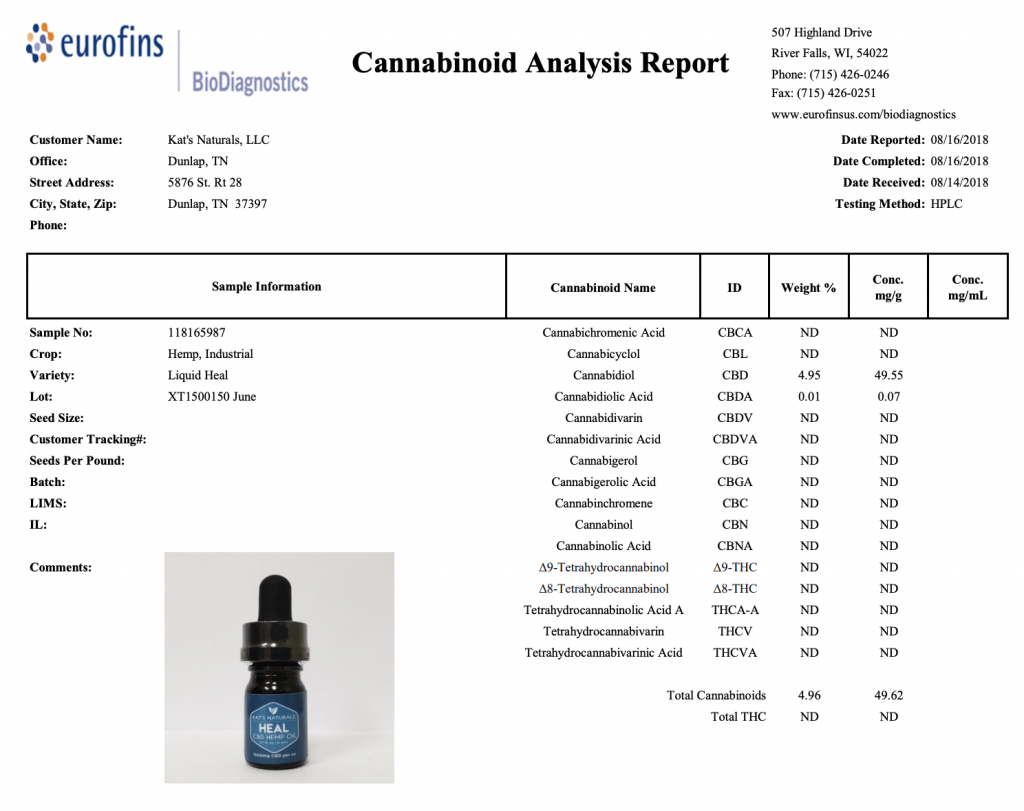
Notice how the only cannabinoid that registers on the test is CBD? This confirms that this product is made from CBD isolates.
Nuleaf Natural’s is advertising that its product is a full-spectrum oil. Again, this is because this is seen as a positive selling point for most people. If a company is going to go through the trouble of providing a full-spectrum extract, they’re going to advertise it as much as possible.
To confirm this, we can have a look at the third-party test results anyway:
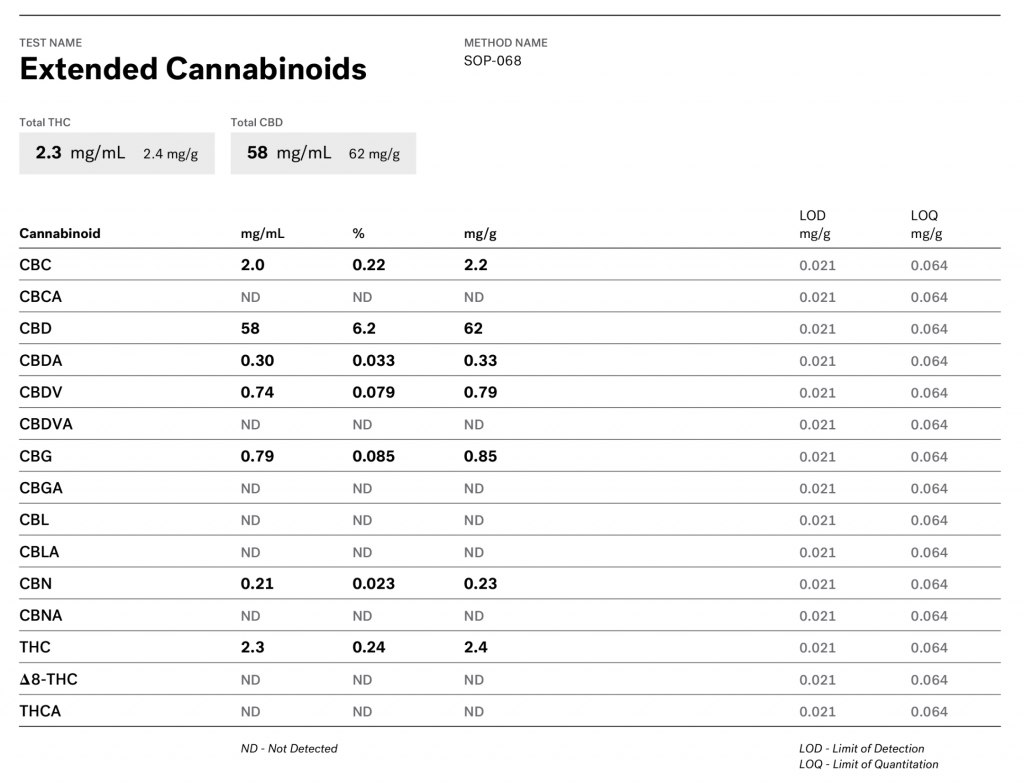
Notice how there are numerous other cannabinoids also present in this test?
If you’re unable to find these tests, try the following trick using a Google search.
Type into your Google search bar the following:
“Site:[company-website] + certificate of analysis”
In our example the searches we used looked like this:
“site:https://nuleafnaturals.com certificate of analysis”
And
“Site:https://katsnaturals.com certificate of analysis”
This should help you find the webpage the company uses to post their lab results (sometimes these companies won’t make it easy, you have to dig for them).
As a side note: if you can’t find the certificate of analysis for a company you’re investigating — move on to another company. Third-party testing is the only real form of quality assurance in this highly unregulated industry.
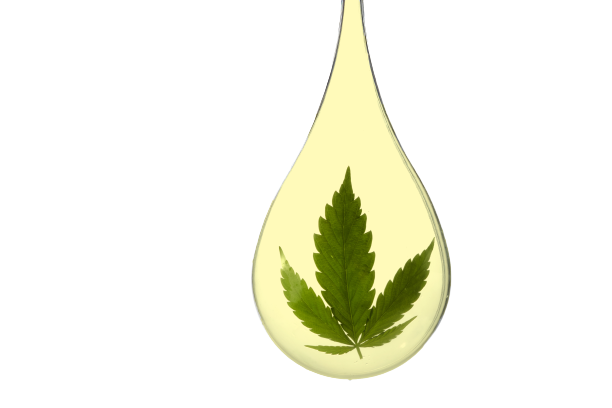
Both have great benefits and uses, but it all comes down to what you’re hoping to get out of the product.
Are you looking to mix CBD with other products?
Do you hate the taste of hemp?
How much do you want to spend?
Do you want to know exactly how much CBD you’re getting?
When you hear about the miraculous medicinal benefits, it’s often riding on the coattails of its cannabinoid cousins, antioxidants, and terpenes found in the hemp plant. CBD works best when coexisting with everything else in hemp, by eliminating all of these other compounds, the medicinal powerhouse behind the extract starts to suffer.
People often forget to consider what the flavonoid, terpene, polyphenol, and minor cannabinoid content are with their CBD extracts.
All that being said, consider that everybody’s physiological makeup is different. It’s entirely possible that your body will react better to CBD isolate rather than full-spectrum.